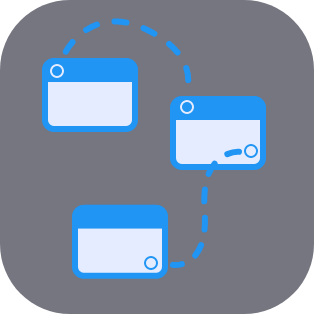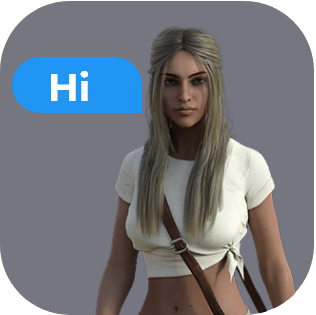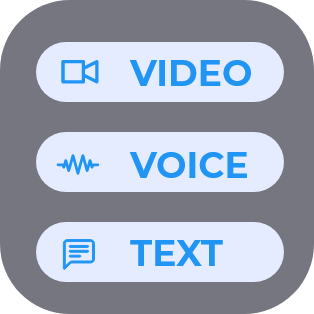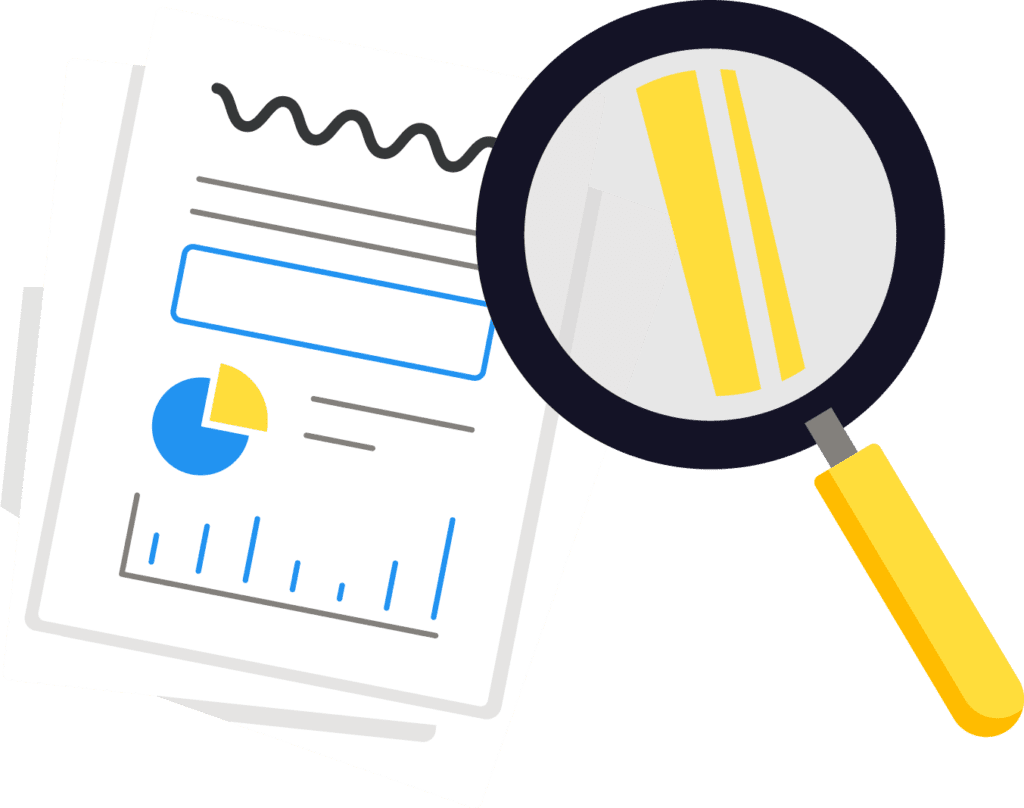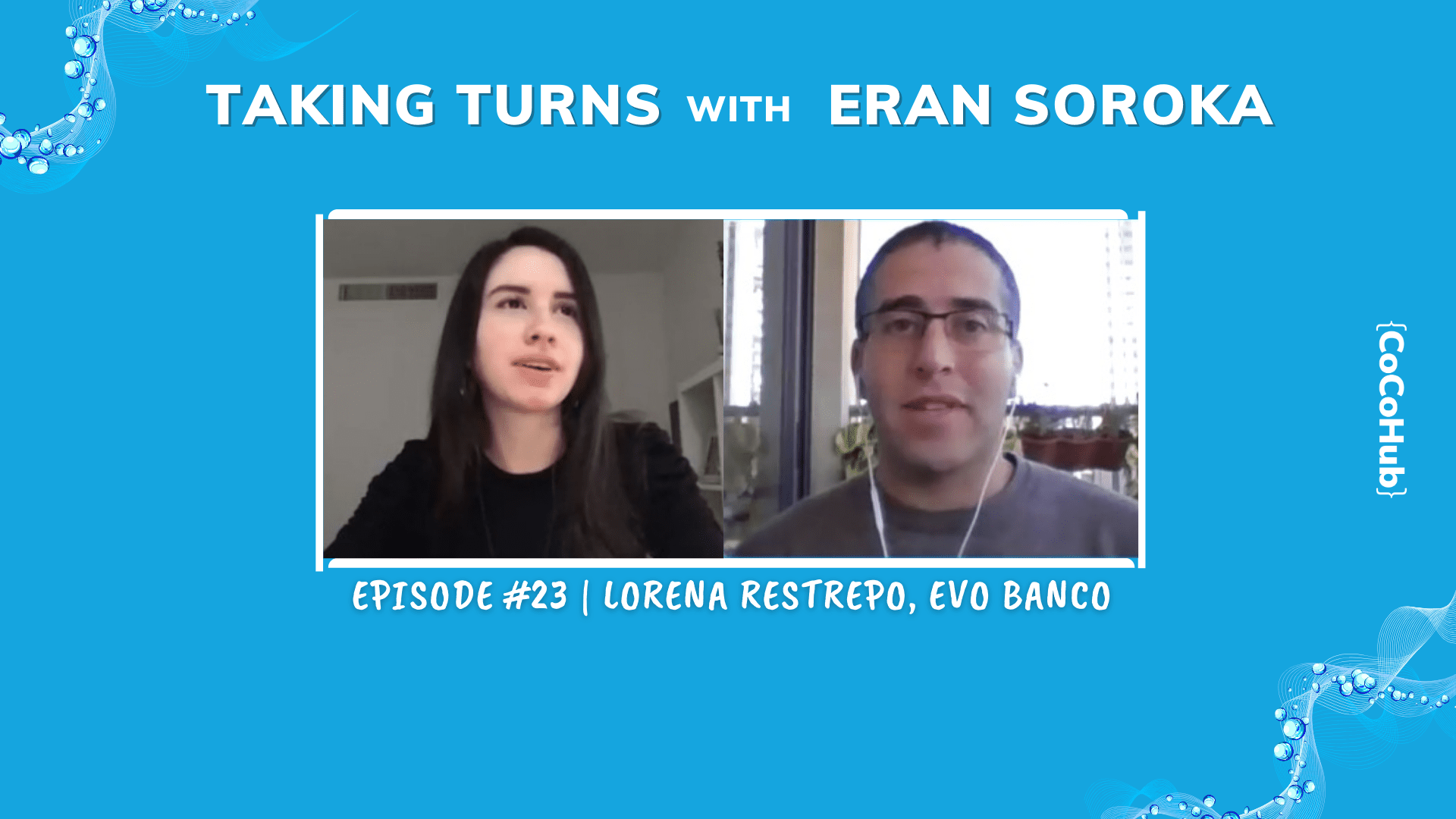Being crowned as one of the world’s most innovative bank is no small feat, especially when your company is less than a decade on the market. For a digital bank, having an outstanding conversational interface is a must – and that’s why we invited Lorena Restrepo, who created the “EVO Assistant” bank chatbot, to be a guest on our Taking Turns – for a wonderful interview.
Will EVO’s success – embodied by its achievements in January’s Digital Banking Awards – signal the digital revolution? And how substantial, in that regard, was the COVID-19 Outbreak?
how did you BEcome a conversation Designer?
Actually I got to conversation design by accident. A happy accident… Since I’m a creative copywriter, I don’t have any tech background. Five years ago, I started my journey in Colombia in Ogilvy ad agency. There I made campaigns for brands like Coca Cola, Huggies, Ebay, Kotex. It was a fun, collaborative place full of great creative, brilliant people. During this period, I understand the power of brands. More than that – how a message can impact human behavior and transform cultures. So I really like this idea of how brands can impact positively in societies. When I moved here to Madrid, I started a master in brand management. While I was studying, I started working in Omnicom media agency. When 2020 starts, I have this really rare and unique opportunity to work for The Lion – a big studio and technology lab, specializing in UX, UI & VUI design. Then they told me they were looking for a copywriter to work with EVO. That’s a Spanish digital bank, super cool, really disruptive and innovativ. Then, they needed someone to write the dialogues of EVO assistant. Actually, this bank chatbot is the first bank voice assistant in Spanish. So it sounds really cool, pretty sweet. Coming into conversation design I could mix all the things I love. There is the brand, brand experience, creative and copyrighting. So I’m super happy to be here, it’s an awesome industry. If you’re a copywriter, loving the impact of messages and your designs on people’s behaviors and helping them to have a better life – conversation design is for you. So I’m really happy.What’s the biggest challenge when working in the banking industry, in a conversational design role? Designing a bank chatbot?
Finances is a complex place to be in – even in human-to-human interaction is really. Especially for banking voice assistant – the biggest challenge is to fulfill user expectations. Since people have so many doubts and problems and a specific context, they want to know why THEIR account doesn’t work or what happened to THEIR money. Thus, it can’t be a generic answer. It’s their specific context. So fulfilling those specific needs, not going into errors or deviating the conversations, is really the biggest challenge. Also, there’s this relationship between design and technology. Right now, the technology is in a really great place. However, there’s a lot of things missing, and fulfilling those user expectations and needs is the biggest challenge. In fact, in health I think they’re having the same problem.Previously on Taking Turns | To the full playlist
* Saba Khalid creates change for Pakistani girls * Eric Kades thinks every chatbot needs a human safety valve * Nick Thomson explains how chatbots help companiesHow can you use a bank chatbot and conversational AI to build trust between the bank and its customers?
Yeah, I really like this question and we are always thinking about that. One of the biggest issues in banking is trust. In order to do it, transparency and honesty is the best way to achieve it. Especially in the design part that I’m in. So if something fails, don’t be afraid to explain the reason, right? Since finance is a really sensitive area, be very careful when you are specifically asking personal information. If you’re asking a user for the data, you have to explain why you’re asking for the data. Be really honest, tell them the positives of sharing their data. So what me and the team always try to do, is create this helpful and clear flow. Clearly, the user always feels that he is in control of the situation and the conversation, driving it. For example – don’t assume what the user wants, right? If he has two accounts and tries to know its number, don’t assume the first account you want. On the contrary – ask ‘what account do you want’, then give the number. Let them decide what they want to do. Hence, what are the next steps. Another thing for building trust it’s for design, I’m just bringing design tips, it’s with confirmation. Especially in important operation, like transactions or cancelling a product, You always always confirmation. There the users knows that they are in the same path with you, understanding you. To summarize those main principles – Honesty; don’t assume, give the control to the user, always have confirmations, but be careful with confirmation, because it can be really robotic. So just confirm what is necessary.
After reviewing so many logs of your bank chatbot, what is the most important thing for a chatbot in your opinion?
There are a lot of things, like context and understanding the intent. However, in the past few days I was thinking a lot of about exactly that. What is the most important thing? Essentially, no matter if it’s a chatbot or a voice assistant, that’s EVO in the case, you have to give him – or she or they or it – a persona, right? If you don’t give this chatbot or voice assistant a persona, the user is going to give it. It’s anthropomorphization – humans tend to give living or not living personalities. Since we have this instinct to survive, we relate with everything that surrounds us. When we see something that we don’t understand or identify, we give them personality. So we know if it’s dangerous, if we can relate to – that’s how we relate to the world. Since we are social beings, we’re always building conversation with everything that is around us.How we created EVO Assistant
If you don’t give your chatbot a persona, the user will do it. And that can be really not good for your brand or use case. Always keep in mind that your assistant should mirror the image of your brand or your company. Furthermore, it will share the values of your company. Now, that is how we designed Evo assistant persona. First, we talked with EVO’s marketing team. As a part of that, we watched EVO’s social media, mailings, ads. Then, based on all of these brand research, we create this persona’s guidelines. So in this document, we just write the EVO assistant bank chatbot personality traits. How does the system behaves depending on the situation, some do’s and don’ts. After we wrote the document, we shared it with the whole team. Subsequently, every time someone needs to design dialogues and prompts, they know how EVO assistant talks, and more important, how it doesn’t talk. Especially in finance ,a consistent persona is crucial. In order to build trust, it’s very important that the user always feels that he’s talking to the same person.More than a template
Then, a consistent persona it’s not just writing a template. And we see – ‘This is Anna, this age and she’s cool’? No. Really, it’s just understanding how the brand that your assistant is part of, and understanding your users. Then you mix these things up, to create a really extensive document. When you share it, everyone is like in the same boat. Then they are writing the same prompts, this same conversation mind. For example, in Spanish we have two forms of talking. You have ‘Usted’, that is when you turn to somebody in a formal way. So when you say ‘Usted es…’, it’s formal. When you say ‘Tu’, it’s like this informal way of talking. Now, imagine if you’re talking to me and suddenly I say ‘Usted es genial y tú eres increíble’. So it’s like, really weird to just to hear it, right? If you don’t know how I’m going to react next, how I’m going to talk next – you are not going to trust me. ‘This is schizophrenic bot, it’s talking super formal, then informal, then super-happy and sad – it’s really, really weird. Sometimes that happens because the team that are designing is 2, 3, 4 or 5 persons. You must project the values that you want through your chatbot and do that through a persona.I assume that the EVO assistant bank chatbot is also the one that you’re most proud of?
Actually I have two projects I’m really proud of. First, EVO assistant – I’m super proud to be working in this project because people are so talented. Furthermore, I really believe the brand values they have: to make life easier for the user. Especially in banking, if people have a healthy relationship with their money, they’re going to have a better life. Through the EVO assistant bank chatbot, we are trying to be honest about their banking relationship. A relationship that is a little bit damaged right now. It can share what’s important about their accounts. For instance, how to get a mortgage, explaining complex concepts, or just showing how to invest their money. It empowers people and can transform their lives. So I really believe in this project and I’m super proud to be part of.Proud in the Pride bot
Besides the bank chatbot, I’m also really proud of my first conversational personal project. It was called “pride bot”, I designed it last year in June during the Pride month. There, I wanted to help people understand about gender identity and sexual preference. Essentially, I think discussing taboo topics and complex topics like the banking topics, in an open and not judgmental way, can help people live more happily or at least more chill about themselves. Since I want to believe I’m helping people right through conversations, I’m really proud of these two.CoCo Content reCommendations
> Voicebot.ai: How CoCoHub shepherds chatbots to your Zoom meetings > 6 Use cases for Chatbots on Zoom: Is that your new marketing strategy? > Why do you need to give personality to your chatbot?What tip or advice you can give to an aspiring conversation designer who wants to enter this field, maybe not by accident…
For instance, the pride bot really helped me a lot about understanding my skills. What I should and shouldn’t do as a designer. First step, create your own chatbot or skill. I assure you will learn a lot about the skills and the field. Just think of a cool use case and just do it. Start now, like, NOW. Also, if you’re not really sure about your work or have an insecure feeling because maybe you’re just starting recently, join the community. Since everyone is super helpful, it’s a really awesome community. There, you can find and get inspired by a lot of free webinars and workshops. For example, in LinkedIn, I follow VoiceLunch, Voice Global, CoCoHub of course. Really, I’m not kidding, you have really good resources, so thank you very much, it’s really cool. Also, the hashtag #FreeVoiceEvents is really great.Beat the Imposter syndrome
A friend of mine that has been in the field for a while recommend me this book – The Cathy Pearl book. I really like it, it has great design principles for voice user interface. Besides that, the tech industry is going pretty fast, changing every day. So it’s really important to refresh your concepts, and to know what is going on. I think that is a way to kill the imposter syndrome for some time because it appears again. It’s really cool to be like updated, and there are a lot of resources you can follow. To sum it up: do your project, do your chatbot or whatever, and stay updated – that’s what I say.What’s the funniest or the most awkward, strange thing that happened to you while reviewing these logs, designing these bots?
Naturally, there are a lot of weird turns and awkwardness, but I have one example. Maybe it’s not funny or awkward, but this example help realize the importance of putting the U in the VUI. Designing with empathy. So, one of my initial tasks was to redesign some of the existing flows in the bank chatbot. One day, testing the account movements flow, I noticed that if a user ask “Tell me my last movement”, and they haven’t made any movement in the last month. There, the assistant say this phrase: “I’m sorry, I couldn’t find any movements in your account”. I’m sorry, you don’t have movements, that’s it. So I was thinking about this response and I realized, why are we apologizing? Maybe the user was trying to save money, right? So it was like an accomplishment. “You didn’t do any movement, that’s super cool man”! Or maybe it sounded like it was a system error. So maybe you have made movement, you have to spend money, but I couldn’t find it. Then I’m sorry, because it’s a system error. So it was like a real response. Probably it was design-centric design, for someone that you said. “We have to apologize; we didn’t find any”. Then, this example helped me understand the importance to write prompts and flows and designing thinking of all types of users and their specific context. Since this little example help me realize this, I want to share it, it’s very important.
So, you’re working in EVO, the first digital bank in Spain. How disruptive it is? What’s the difference between this bank and the other banks in Spain?
Of course they have all the traditional parts of banks, because they’re like a robust, structured bank. However, they have all of these cool features, a user lab. There, they let people tell them what they want in their account. So they always change their app and the ecosystem, renovating their products. As a result, the user feels like it’s part of their life, it’s more personalized. And they hear what the people want. The bank just won an award for that, for most innovative app and digital bank. Not only it’s really cool, they’re leading the way for other banks to join this digital revolution. After the COVID, I think they got a lot of new users. As I was talking about this with them, I told them – no CEO, or none of these great titles, could digitally transform the world like COVID did, right? So after the COVID, I think EVO gain a lot of users. Then, people started to see their value, the more digital and approachable way to banking and finances. So that’s one of the things that differentiates from the other banks.And now… Taking Turns, hosted by Lorena!
Now ,I wanted to say something. I’m watching all of your interviews because I’m like geek, Voice Geek. Really, I like all of these voice world that is opened up for me. Moreover, I’m super happy to be in this industry. However, I think I would like you to implement a new question: How people, all these gurus, see the future in voice? What is going to happen in the future? How they visualize future in voice? So I would really like to know. Also I believe you have a lot of thoughts about the topic. Thus, I really like to see you implement on this question, please. I will really be happy to know.Not only that I will do it, I will also answer it for you. So for us, the future of voice is actually face-first. Really, we believe that connecting chatbots to digital avatars can be even more personalized. Even more fun, even more engaging, even more persona for chatbots. Therefore, we believe that this will be the year of face-first, not only voice-first.
Also, I will definitely use this question. So you’re the first contributor to the Taking Turns’ Bank of questions. Another achievement for you!
Next week, another episode of Coming To Terms with Miri is coming your way! Hungry for more? Join our newsletter | Follow us on YouTube | LinkedIn | Twitter | Facebook | Instagram | Or join our communities on Discord & Meetup

